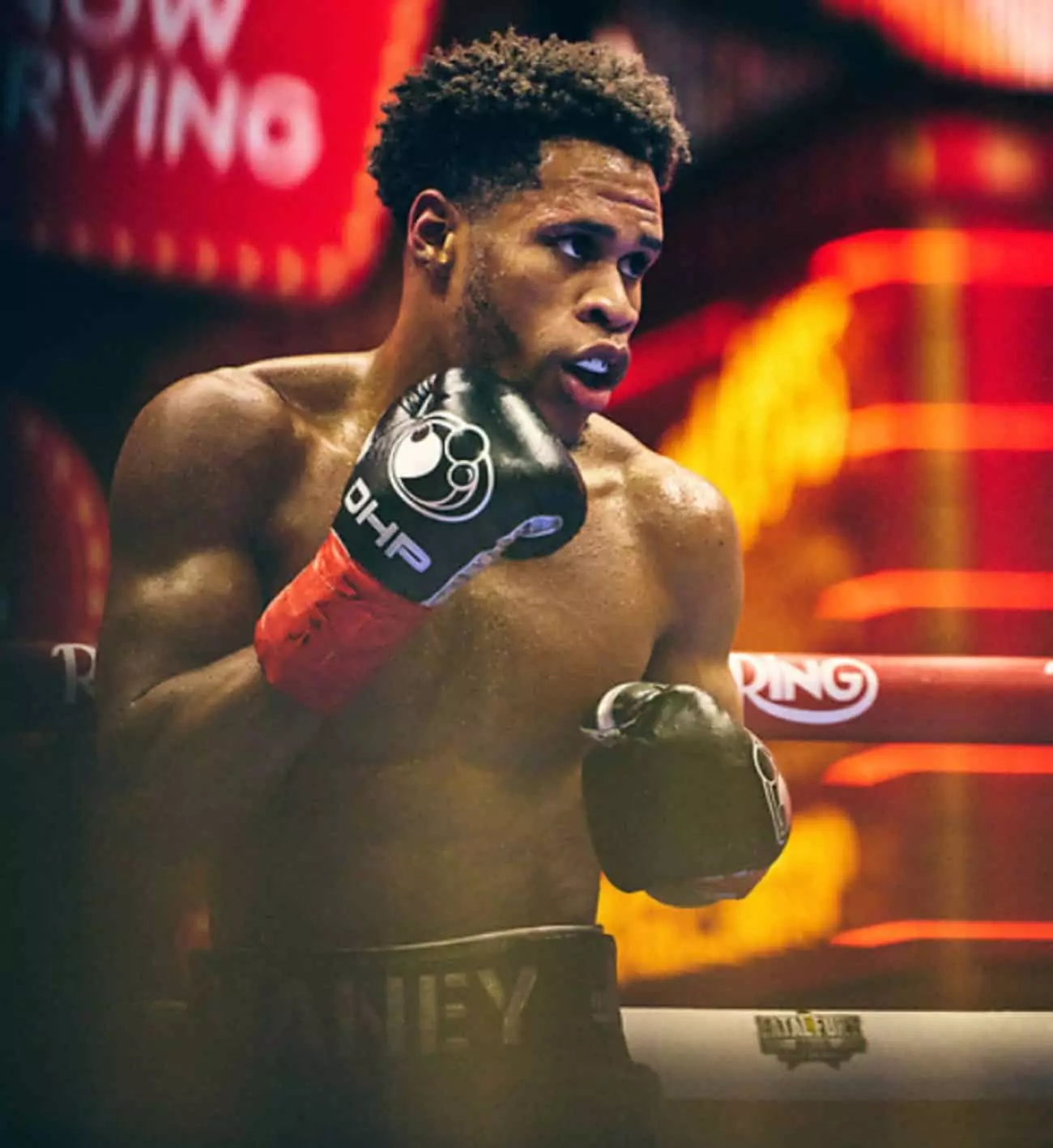In the world of professional boxing, a fighter’s performance is often scrutinized under a microscope, an unnerving reality that Devin Haney is currently facing. After his bout against Jose Ramirez, where many believed Haney underperformed, it’s essential to unpack the layers behind his fight. Those in the boxing community, such as Stephen Edwards, his coach, urge the public not to hastily judge Haney based solely on this recent match. Edwards argues that the circumstances leading up to the fight were riddled with challenges, including Haney’s opponent being under the influence of performance-enhancing drugs and Haney himself dealing with the remnants of a traumatic fight against Ryan Garcia.
With an undefeated record of 32-0, 15 KOs to his name, Haney was expected to deliver a powerful performance. Yet, the complexity of human emotions and psychological aftermath cannot be ignored. The stakes of professional boxing extend far beyond physical prowess; they hinge on a fighter’s mental state, resilience, and the psychological scars left by past encounters in the ring.
The Reality of Trauma
Edwards brought to light the issue of Post-Traumatic Stress Disorder (PTSD) in relation to Haney’s recent performance, asserting that fighters don’t simply recover from a brutal fight, nor should their mental well-being be an afterthought. PTSD is a significant concern in high-contact sports, where athletes endure not just physical damage but emotional turmoil as well. Haney’s history of being dropped three times by Garcia shouldn’t be underestimated—it might resonate more profoundly than a mere statistic, haunting him long after the final bell.
As Edwards highlighted, the trauma experienced in the ring can extend beyond the physical and into the mental psyche of an athlete. This notion becomes particularly important when discussing Haney’s readiness to step back into the ring. A fighter who is not mentally equipped to handle the rigors of a match poses risks not just to themselves but also to the integrity of the sport. Fans, advocates for their favorite fighters, deserve to see athletes at their best, rather than a shadow of their true capacity masked by internal battles.
Judgment After Adversity
The conversation shifts when considering the expectations placed on boxers compared to their actual capabilities. Should Haney be granted grace during this transitional phase? While Edwards suggests the need for a compassionate assessment of Haney’s performance, the reality is that fans are coming to see fighters at the pinnacle of their game. They pay the price for the entertainment and the promise of excitement that boxing reliably offers.
Reflecting on his performance, it raises questions about how long a fighter should be given a ‘pass’ for their performance in the ring. If Haney is harboring fears or uncertainties stemming from his previous fight, should he be competing at all? Edwards suggests that mental recovery takes time, yet in the business of boxing, that time often comes at the expense of promotional contracts and fan expectations. Should audiences be expected to pay full price for a fighter grappling not only with physical opponents but also with their own nervous psyche?
The Ethical Dilemma of Promotion
For promoters like Turki Alalshikh, the stakes are equally high. When matchmaking, knowing a fighter’s mental state is crucial—not only for the welfare of the fighter but also for the profitability of the event. If someone like Haney enters the ring with lingering doubts or psychological scars, it begs the question: Are we witnessing a fighter in full swing or merely a shadow avoiding potential pitfalls? Would a fighter in such a position be able to entertain thousands or even millions, as the expectations often demand?
Edwards evoked a nuanced perspective by comparing the extremely high expectations in boxing to a video game, underscoring that fighters are not programmed machines. Each athlete must go through a psychological recalibration when recovering from intense physical confrontations. As spectators, there’s an innate hunger for high-octane matchups, but fighter readiness—especially in the presence of psychological barriers—should take precedence.
Defining True Resilience
Ultimately, what does it mean to be resilient in combat sports? The definition transcends the idea of merely bouncing back from a defeat; it encompasses acknowledging one’s limits, confronting psychological scars, and making informed decisions about when to step back into the ring. It is a complex tapestry of emotions, physical readiness, and mental clarity.
In the conversation about Devin Haney, we must tread with care and understanding. Judgments made in moments of disappointment may overlook the underlying factors that impact a fighter’s performance. As Haney navigates this complicated period, boxing aficionados must advocate for the well-being of the fighters they support, remembering that what happens within the ring often lingers long after the crowd has dispersed.


Leave a Reply